SaaS penetration testing is a focused security evaluation that simulates real-world attacks on cloud-based, multi-tenant applications. While cloud providers handle infrastructure security, it’s up to you to secure the application layer.
This shared responsibility has made security testing more important, especially as breaches targeting SaaS platforms become more common. Recognizing the threat, CSA’s SaaS Security Survey Report reveals that 71% of C-suite security professionals are focusing on strengthening the security for such business models.
SaaS penetration testing goes beyond basic scans and helps uncover hidden risks. It’s a necessary step to keep user data safe, avoid disruptions, and build long-term trust in your product.
tl;dr: SaaS penetration testing simulates real-world attacks to uncover hidden risks in multi-tenant, cloud-hosted applications. It helps catch issues like broken access controls, API flaws, and cloud misconfigurations that scanners miss. AppSecure’s manual-first approach ensures deep testing, business logic coverage, and clear, dev-friendly reports tailored for fast-growing SaaS platforms.
Why SaaS penetration testing is important
If you’re wondering whether SaaS penetration testing is worth the effort, here’s what makes it essential for modern cloud-based applications:
- Detection of business logic vulnerabilities
SaaS applications often include complex workflows, user roles, and conditional access paths. These can introduce subtle logic flaws, like bypassing approval chains or misusing discount mechanisms, that scanners can’t detect.
Manual testing copies real attacker behavior to uncover how these business workflows can be exploited.
- Validation of tenant isolation controls
Multi-tenancy is at the heart of SaaS architecture. Improper isolation between tenants can lead to cross-tenant data exposure.
SaaS penetration testing actively probes for IDORs, insecure tenancy identifiers, and broken access enforcement to ensure data remains contained within its rightful boundary.
- API surface area risk assessment
Most SaaS platforms rely heavily on APIs for both frontend and backend operations. This expands the attack surface.
Penetration testing helps identify broken object-level authorizations (BOLA), mass assignment vulnerabilities, and improper rate limiting in API endpoints.
- Exposure from access control misconfigurations
Misconfigured role hierarchies, missing authorization checks, or session mismanagement can allow unauthorized access or privilege escalation.
Manual testing explores how users might move laterally or vertically in ways that violate expected permission models.
- Discovery of cloud-specific misconfigurations
Even when infrastructure is managed by a cloud provider, SaaS teams are still responsible for secure application-level configurations.
Pentesters evaluate storage permissions (e.g., S3 bucket policies), IAM role exposures, and overly permissive cloud service integrations that could open backdoors.
Unique security challenges in SaaS environments
SaaS platforms bring unique risks due to their multi-tenant, API-first, cloud-native design, challenges not typically seen in on-premise systems. Let’s look at the main security issues that make specialized testing essential for SaaS applications.
- Unvalidated object access in multi-tenant contexts (IDORs)
In multi-tenant platforms, insecure direct object references (IDORs) can lead to serious data leaks if authorization checks are missing or weak.
Attackers can manipulate object identifiers (like user IDs, invoice numbers, or document paths) to access another tenant’s data. Manual testers validate whether tenancy boundaries are strictly enforced at every object access level.
- Role-based and tenant-level access control bypass
SaaS platforms often implement layered access control, by role (admin, user, support) and by tenant (organization or workspace). Improperly enforced policies can allow horizontal or vertical privilege escalation.
Pentesters evaluate whether permission models are enforced server-side and whether authorization checks break under parameter tampering or token swapping.
- API endpoint abuse and insufficient rate limiting
Because most SaaS apps are built on extensive APIs, attackers frequently target endpoints to enumerate users, fuzz parameters, or bypass functionality. Without strict rate limiting, these endpoints are vulnerable to credential stuffing, brute-force attacks, and DoS attempts.
Manual testing focuses on analyzing endpoint exposure, method restrictions, and abuse vectors.
- Session token and state management vulnerabilities
SaaS environments often support persistent logins, cross-device sessions, and federated identity. Weak session expiration, token leakage, or insecure storage mechanisms can enable session hijacking.
Testers check token lifecycle management, insecure cookie flags, JWT handling, and invalidation behavior after logout or role changes.
- Exposed or over-permissive cloud storage services
Cloud storage misconfigurations, especially in services like Amazon S3, GCS, or Azure Blob, remain a major concern.
Pentesters review bucket policies, CORS settings, file naming conventions, and ACL configurations to ensure that sensitive data isn’t publicly accessible or indexed by search engines.
- Vulnerable identity federation implementations (OAuth/OIDC)
Improper OAuth and OpenID Connect implementations can allow attackers to forge identity tokens, bypass logins, or escalate privileges. Common flaws include missing audience validation, improper redirect URI handling, or trusting unsigned tokens.
These issues are often subtle and context-dependent, making them ideal targets for manual validation.
- Insecure CI/CD pipelines and devops toolchains
SaaS platforms typically depend on CI/CD pipelines that integrate code repositories, build agents, cloud deployers, and secrets managers. Misconfigured pipelines can expose environment variables, internal tokens, or build artifacts.
Pentesters examine webhook handling, exposed dashboards, and privilege scopes of service accounts involved in deployment workflows.
What to expect in a SaaS penetration test?
Now that you know about the security challenges unique to SaaS platforms, it’s time to look at what a typical penetration test involves:
- Scoping the engagement
The first step is defining what will be tested. This involves discussions between your team and the testing provider to outline the application's features, third-party integrations, internal tools, and APIs.
Scoping also clarifies the depth of the test, user roles to be evaluated (e.g., admin, regular user), and any sensitive components such as authentication workflows or payment modules. This step ensures the test stays focused, avoids unnecessary disruption, and aligns with business goals.
- Reconnaissance and application mapping
Testers begin by gathering information, both passively and actively, to understand how your SaaS application works.
This includes discovering endpoints, analyzing frontend and backend communication, fingerprinting technologies, identifying exposed metadata, and reviewing access points.
The goal is to build a detailed picture of how the system behaves and where attackers might look to gain a foothold.
- Manual attack simulation
This is the core of the assessment. Testers attempt to exploit the system using real-world techniques.
Rather than relying solely on automated scanners, they manually test for issues like broken access controls, business logic flaws, API misconfigurations, insecure session handling, IDORs (Insecure Direct Object References), and chained vulnerabilities.
This simulation is tailored to how your app is used in the real world and is designed to mimic the tactics of skilled adversaries.
- Cloud configuration testing (if in scope)
If cloud services (like AWS, Azure, or GCP) are part of your stack and included in the scope, testers will evaluate how secure your configurations are.
This includes checking for overly permissive IAM roles, misconfigured S3 buckets or storage containers, publicly exposed services, and gaps in identity federation (e.g., improper OAuth setup).
These checks are especially important in SaaS environments where misconfigured cloud services often create unseen attack surfaces.
- Reporting and developer-focused remediation guidance
Once the testing is complete, you’ll receive a report that goes beyond listing vulnerabilities. It includes technical details about each issue, steps to reproduce the problem, risk severity, and clear remediation suggestions aligned with your tech stack.
Executive summaries are also included for leadership visibility. The focus is on clarity, so your development teams can address issues quickly without confusion.
- Retesting after fixes
Fixing issues is only part of the job, validating them is equally important. In the final phase, testers re-examine previously identified vulnerabilities to ensure they’ve been properly patched.
This follow-up helps confirm that fixes are effective and no new risks have been introduced during remediation. Many compliance frameworks also require this step as part of audit readiness.
Key focus areas during SaaS pentesting
During a SaaS penetration test, security experts focus on specific areas that are most likely to expose sensitive data or disrupt critical functions.
Here are the key components that are thoroughly assessed:
- User access control & role-based permissions
This involves validating whether the platform correctly enforces authorization across different user roles.
Testers probe for broken access control issues such as horizontal privilege escalation (e.g., accessing another user’s resources) and vertical privilege escalation (e.g., gaining admin access from a regular account).
This also includes bypassing UI restrictions and directly manipulating backend requests.
- Tenant isolation and data segmentation
Multi-tenancy demands strict boundaries between customers. Testers evaluate how tenancy is enforced at the object level, looking for insecure tenancy identifiers, IDORs, or shared database queries that might leak data between tenants.
They simulate cross-tenant scenarios to test if isolation mechanisms are consistently applied across APIs and UI components.
- Authentication & session management
Pentesters review how the application authenticates users and maintains session state. This includes testing MFA implementations, token issuance and expiration, session fixation vectors, cookie flags (HttpOnly, Secure, SameSite), and OAuth/OpenID logic.
They also attempt to hijack sessions via token reuse or missing invalidation logic.
- API security and endpoint behavior
SaaS apps heavily rely on APIs, making them a prime target. Testers assess endpoints for Broken Object Level Authorization (BOLA), mass assignment issues, insecure methods (e.g., PUT vs POST), and lack of proper authentication headers. They also test rate-limiting mechanisms and replay protections.
- Data validation and input sanitization
Testers examine how user input is validated and sanitized on both client and server sides. This includes crafting payloads to exploit injection points, such as XSS, SQL injection, or Server-Side Template Injection (SSTI). The focus is on how well input filters handle unexpected or malicious formats, encodings, and nested payloads.
- Third-party integrations and webhook abuse
SaaS products often integrate with CRMs, email services, or analytics tools.
Pentesters review how these external systems are authorized (OAuth tokens, API keys), whether callbacks/webhooks are validated (e.g., using signatures or HMAC), and test for supply chain abuse or privilege escalation via misconfigured third-party permissions.
SaaS compliance requirements and how pentesting supports it
As SaaS adoption continues to rise, meeting security compliance standards has become a key priority. Here’s how penetration testing plays a supporting role across major frameworks:
- SOC 2
SOC 2 focuses on the Trust Services Criteria, security, availability, confidentiality, processing integrity, and privacy. Penetration testing helps validate system boundaries, access restrictions, and data handling practices. Findings from a pentest directly support the Security and Confidentiality principles of SOC 2 Type II reports.
- ISO 27001
As part of the ISO 27001 risk treatment process, pentesting supports continuous evaluation of vulnerabilities. It provides evidence of technical control effectiveness, such as access control enforcement, secure development practices, and monitoring, which are required under Annex A of the ISO 27001 framework.
- GDPR
The General Data Protection Regulation mandates strong safeguards for personal data. Pentesting helps identify data exposure risks, assess access management, and detect improper data processing or sharing, ensuring the platform is aligned with the principle of "privacy by design."
- HIPAA
For SaaS platforms handling protected health information (PHI), HIPAA requires administrative, physical, and technical safeguards. Pentesting tests access controls, encryption logic, and session security, all critical to HIPAA’s Technical Safeguards section.
- PCI DSS
SaaS platforms that process or store payment data fall under PCI DSS. Penetration testing is required annually (Requirement 11.3) and is used to identify security gaps in authentication, data storage, and network segmentation for cardholder data environments.
AppSecure’s approach to SaaS penetration testing
To make sure SaaS penetration testing is done properly, you need a team that understands both the technology and real-world threats. AppSecure delivers exactly that. Here’s how our pentesting methodology ensures thorough coverage and clear results:
- Context-aware testing
Every test is tailored to your platform’s structure, technology stack, industry, and compliance needs. Whether it's a fintech API, a healthcare portal, or an internal admin interface, AppSecure adapts its methodology to focus on your most business-critical assets.
- Business logic assessment
AppSecure digs deeper into workflows, such as multi-step approvals, billing flows, and role transitions, where automated tools often fall short. This helps uncover vulnerabilities that could directly impact data integrity or user privileges .
- Front-end and API testing
Both the client-side UI and backend APIs are thoroughly tested. The team probes for issues such as insecure session tokens, endpoint authorization failures, race conditions, and webhook misuse, ensuring end-to-end security .
- Developer-friendly reporting
Penetration testing reports include standardized risk ratings, detailed business impact summaries, reproduction steps, and precise remediation guidance. This format aligns with developer workflows and helps teams address issues efficiently.
- Retesting after fixes
Once you remediate the issues, AppSecure offers retesting to confirm that vulnerabilities are resolved and no new flaws were introduced. This retesting phase supports audit readiness and maintains long-term security.
When and how often should SaaS platforms be tested?
Timing can make all the difference in identifying vulnerabilities before they cause real damage. Let’s look at when SaaS platforms should ideally be tested and how often to stay ahead of evolving risks:
- Pre-deployment testing for MVPs and feature rollouts
Before launching a minimum viable product (MVP) or releasing major features, it's critical to conduct a full penetration test. This helps catch business logic flaws, API-level vulnerabilities, or insecure authentication implementations before they’re exposed in production.
- Periodic security assessments for growing products
As your SaaS platform evolves, so does its attack surface. Conducting pentests quarterly or semi-annually ensures that new integrations, third-party tools, and code changes haven’t introduced hidden vulnerabilities.
It also helps meet baseline expectations for enterprise customers.
- Audit-aligned testing for compliance readiness
Frameworks like SOC 2, ISO 27001, and PCI DSS often require proof of recent and credible penetration tests. Scheduling assessments before external audits ensures your platform meets technical control requirements and avoids surprises during compliance reviews.
- Post-change testing after architecture or codebase shifts
After major refactors, cloud migrations, or authentication redesigns, previously mitigated risks can resurface. Post-change penetration testing validates that updates haven't introduced regressions, misconfigurations, or broken access controls.
- Continuous testing via long-term partnerships
Working with a dedicated security partner allows for scheduled and ad hoc assessments as needed. This continuous engagement model improves threat detection, speeds up remediation, and supports proactive security posture management as your SaaS grows.
Make SaaS security a priority
As SaaS platforms grow and adapt, so do the threats targeting them. Security isn’t a one-time activity, it’s a continuous effort to protect data, build user trust, and ensure long-term product resilience.
To meet these demands, AppSecure delivers manual-first penetration testing that reflects real-world attack behavior. From API risks to tenant isolation and logic flaws, we help uncover the issues that truly matter, based on your architecture, users, and growth stage.
Connect with AppSecure’s SaaS security team to plan a customized pentesting engagement tailored to your risk landscape and compliance goals.
FAQs
- What is SaaS penetration testing and how is it different from traditional app testing?
SaaS pentesting checks for security issues in cloud-based apps with multiple users or tenants. It looks at things like data leaks between users, API risks, and access control—unlike regular app testing, which may not cover these areas.
- How often should SaaS products undergo pentesting?
You should test before big launches, after major updates, or when preparing for audits. Regular testing every 3–6 months is a good practice for fast-growing platforms.
- What vulnerabilities are common in SaaS platforms?
Common issues include data leaks between users, broken permissions, weak APIs, session problems, and wrongly set up cloud storage like open S3 buckets.
- Does SaaS pentesting help with SOC 2 and ISO 27001 compliance?
Yes, it helps show that your app is secure and supports the technical checks required for these certifications.
- How does AppSecure approach SaaS-specific security assessments?
AppSecure tests how your SaaS app works in the real world. We focus on the actual risks, like user roles, APIs, and cloud setups, and give clear reports with steps to fix the issues.

Ankit Pahuja is a B2B SaaS marketing expert with deep specialization in cybersecurity. He makes complex topics like EDR, XDR, MDR, and Cloud Security accessible and discoverable through strategic content and smart distribution. A frequent contributor to industry blogs and panels, Ankit is known for turning technical depth into clear, actionable insights. Outside of work, he explores emerging security trends and mentors aspiring marketers in the cybersecurity space.


.png)
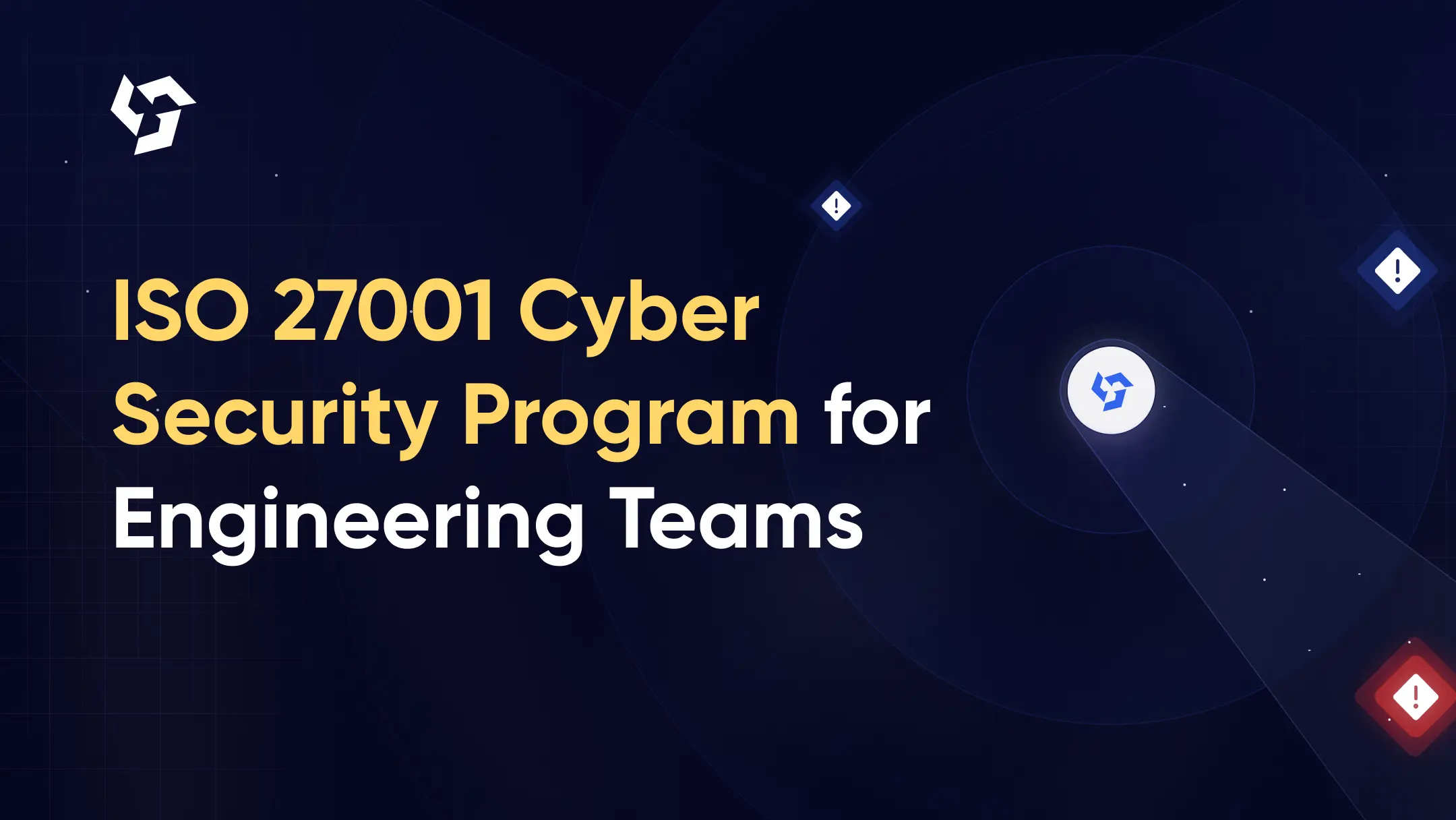
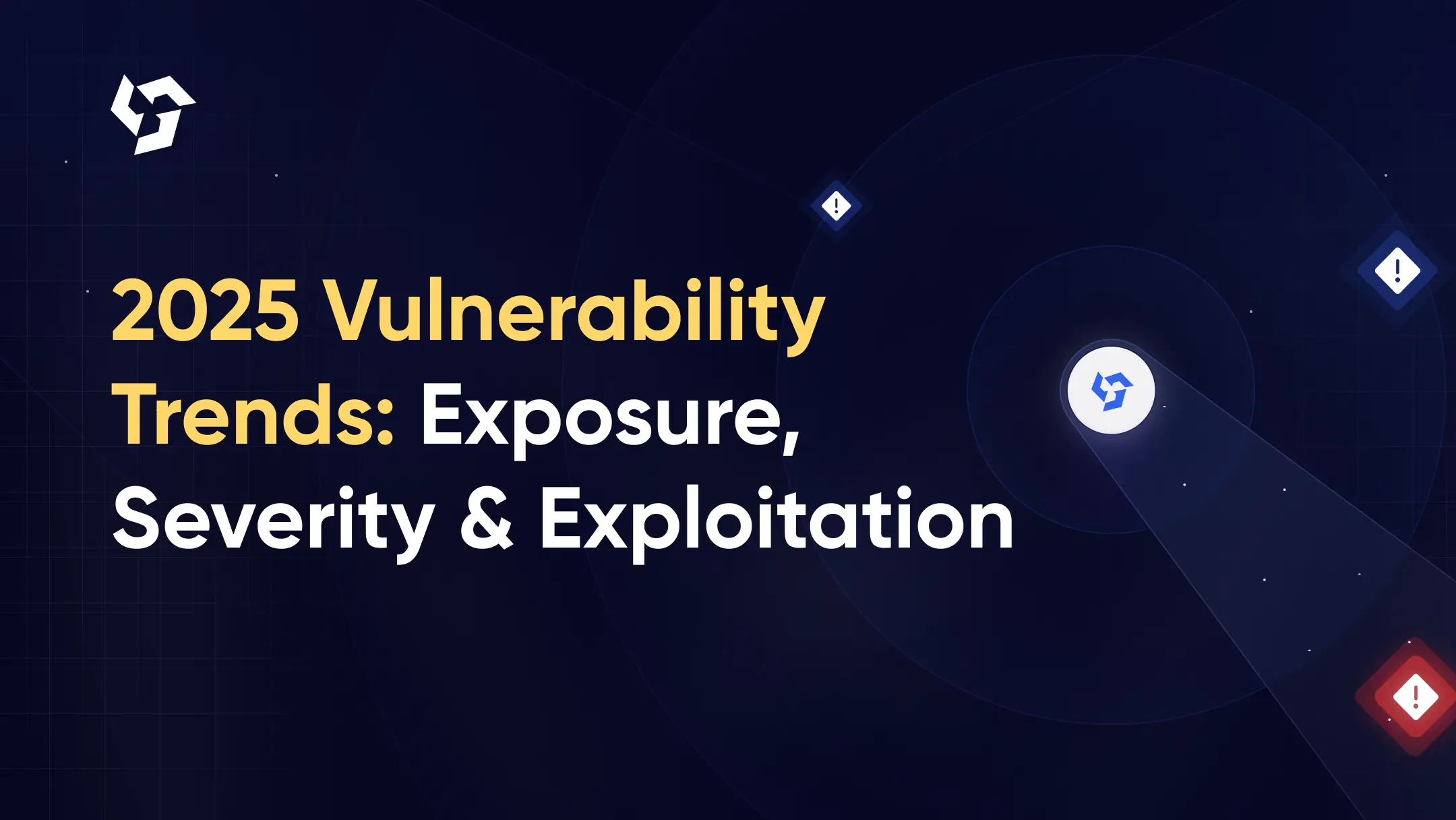
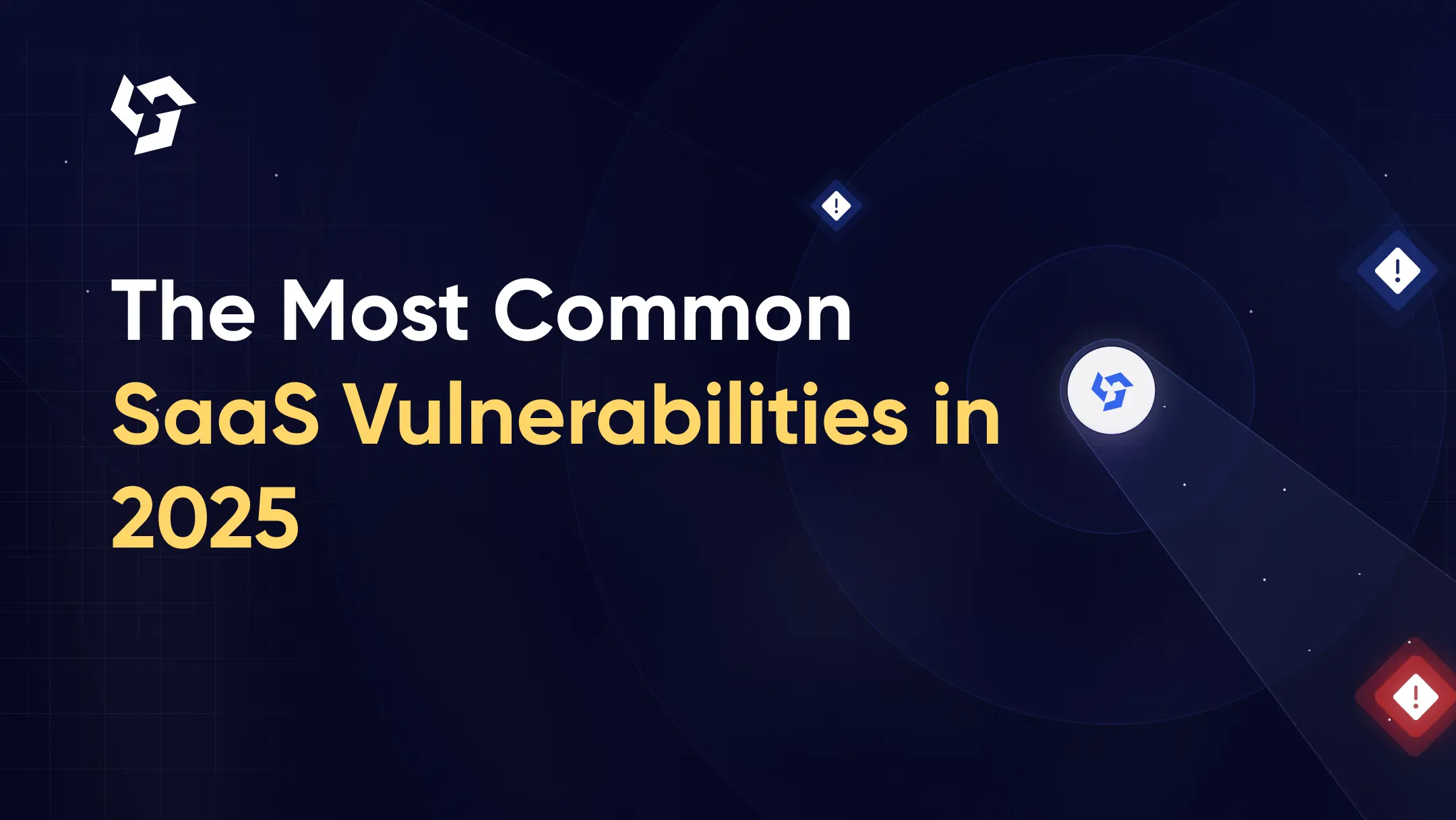





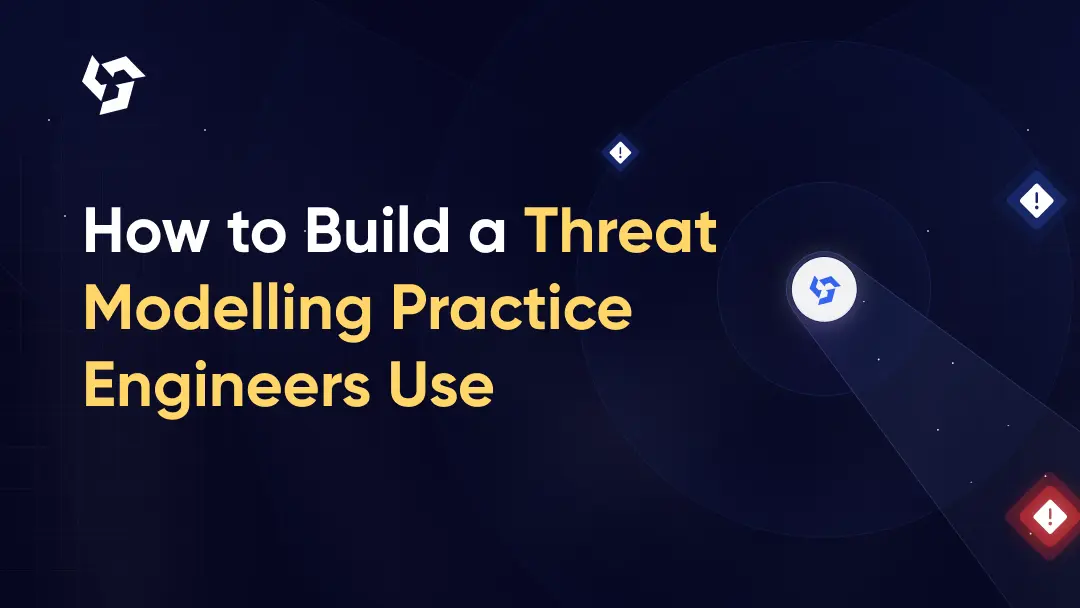
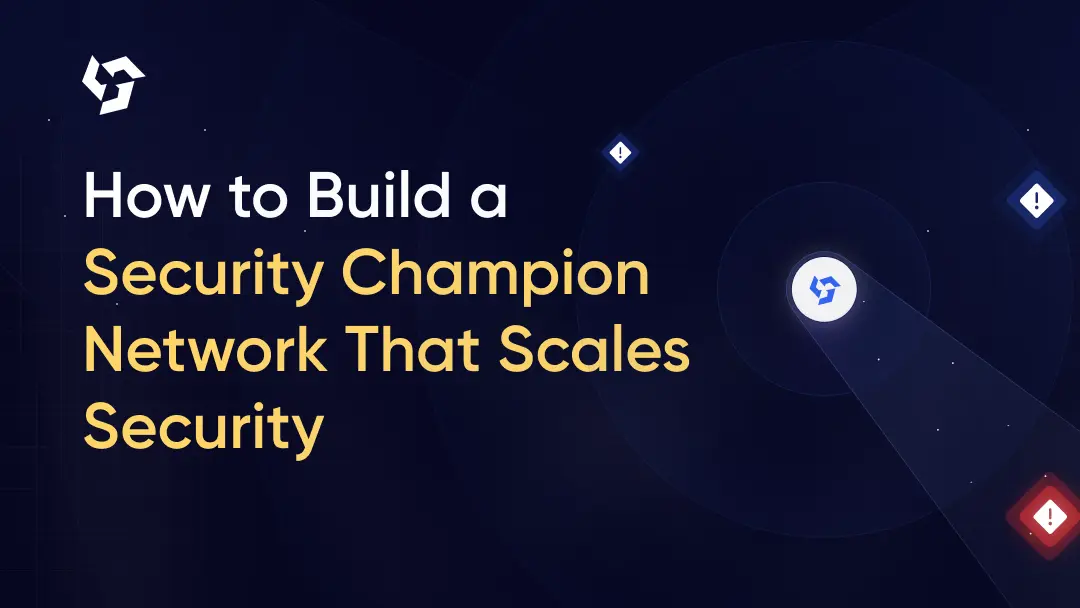

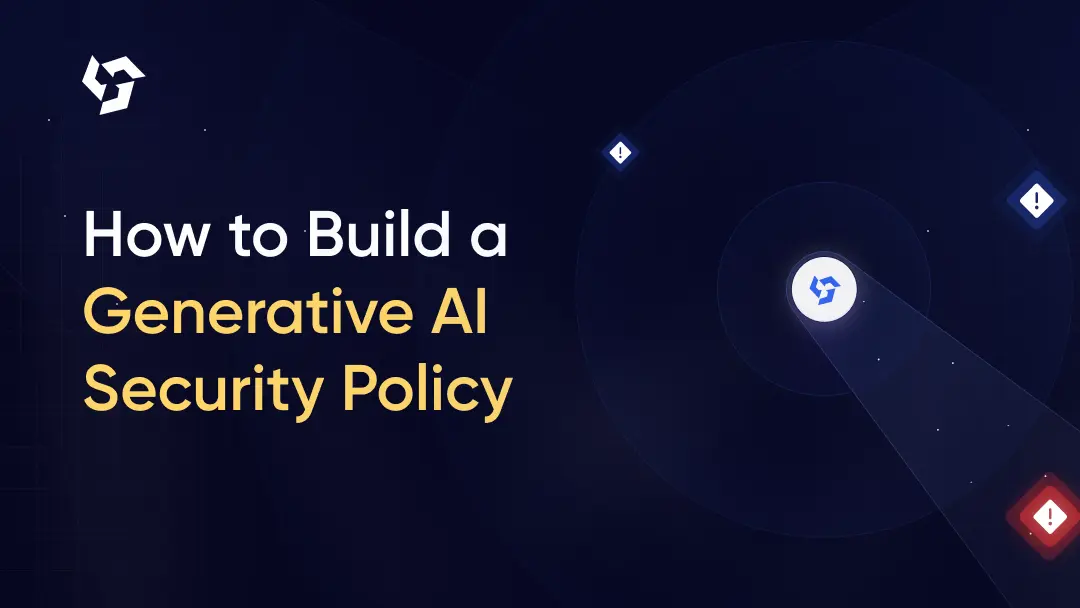
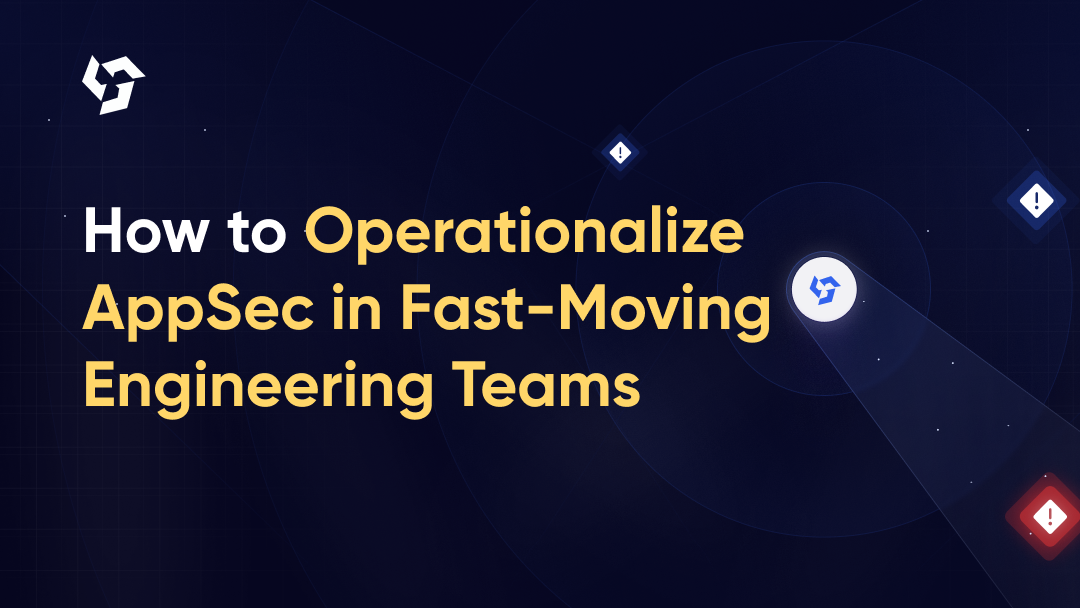

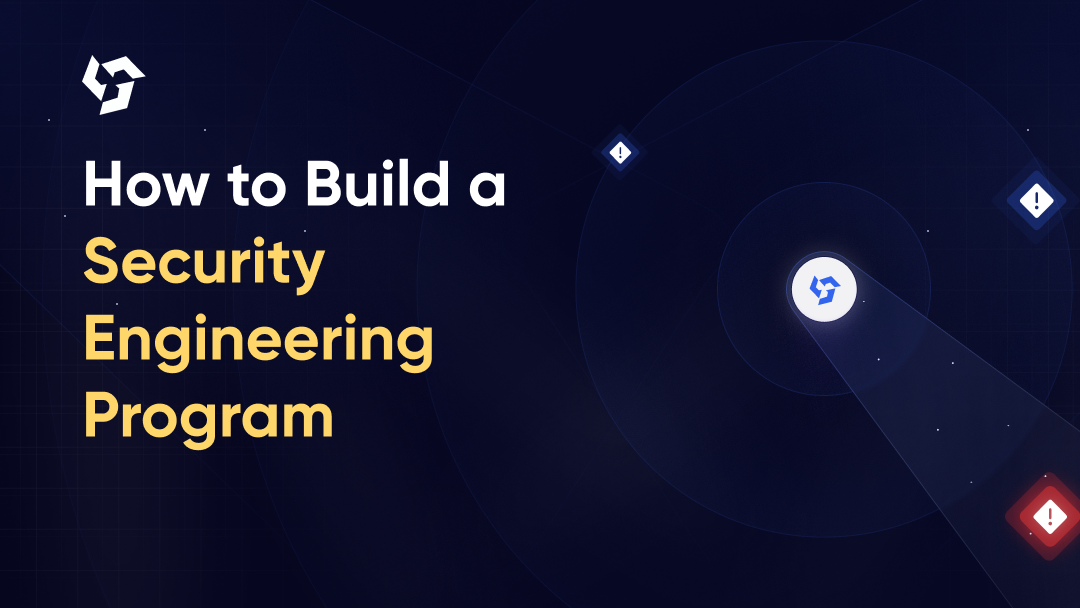

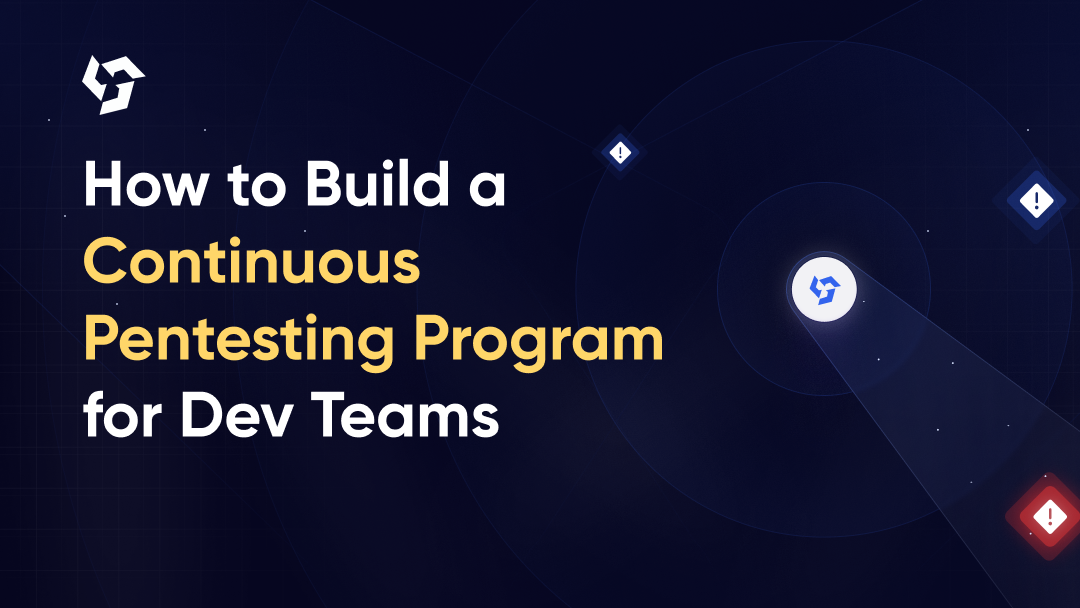

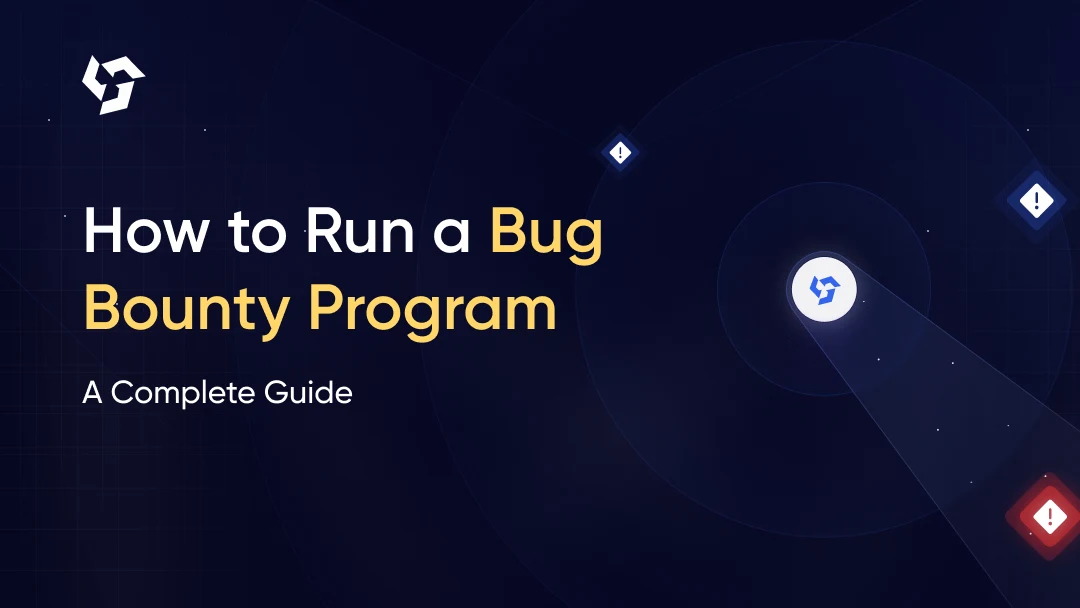


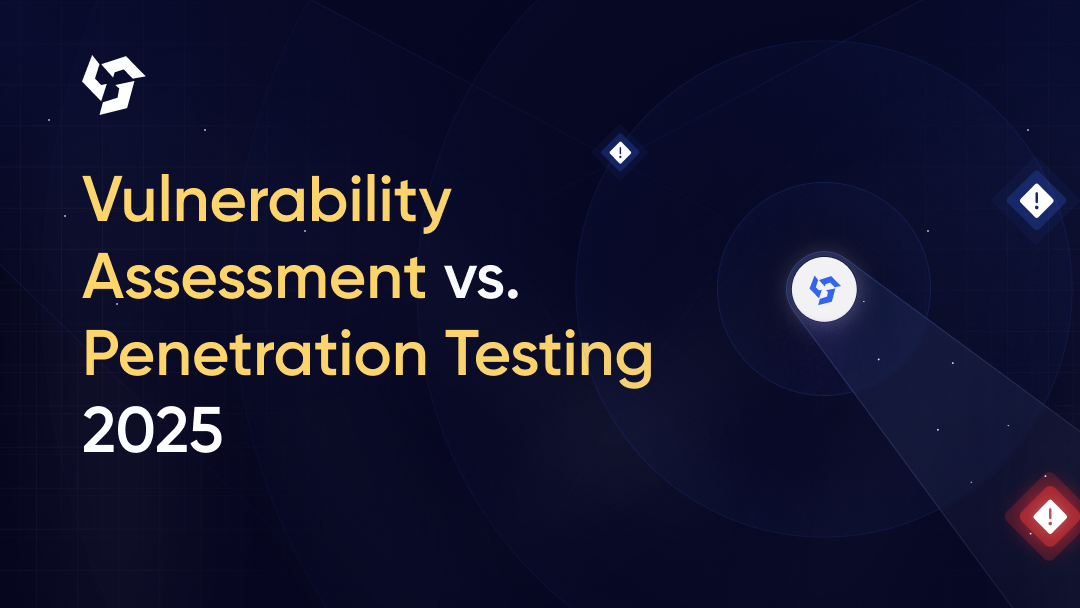

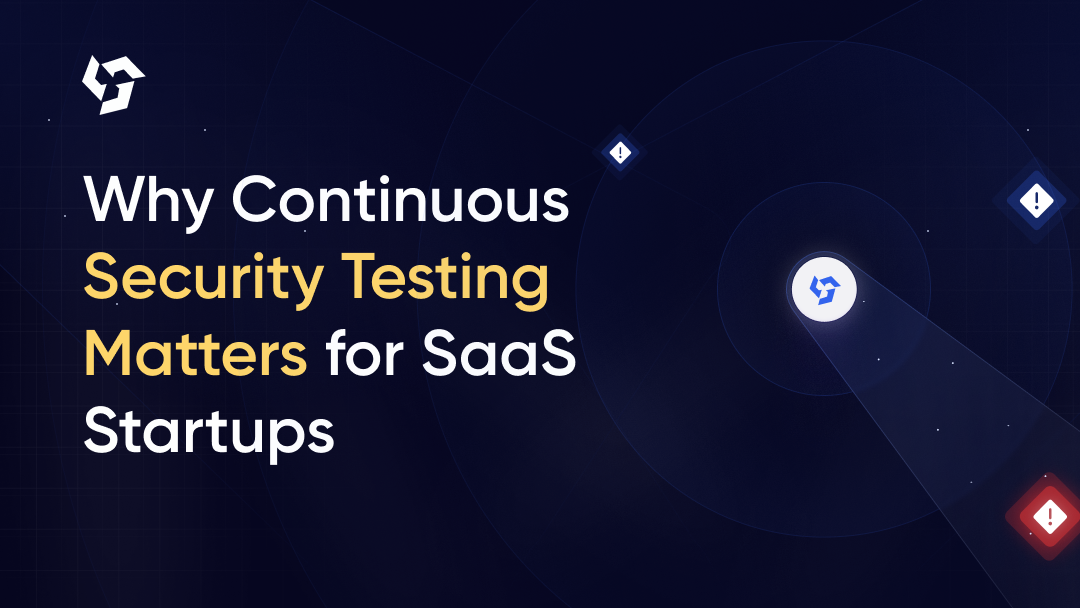
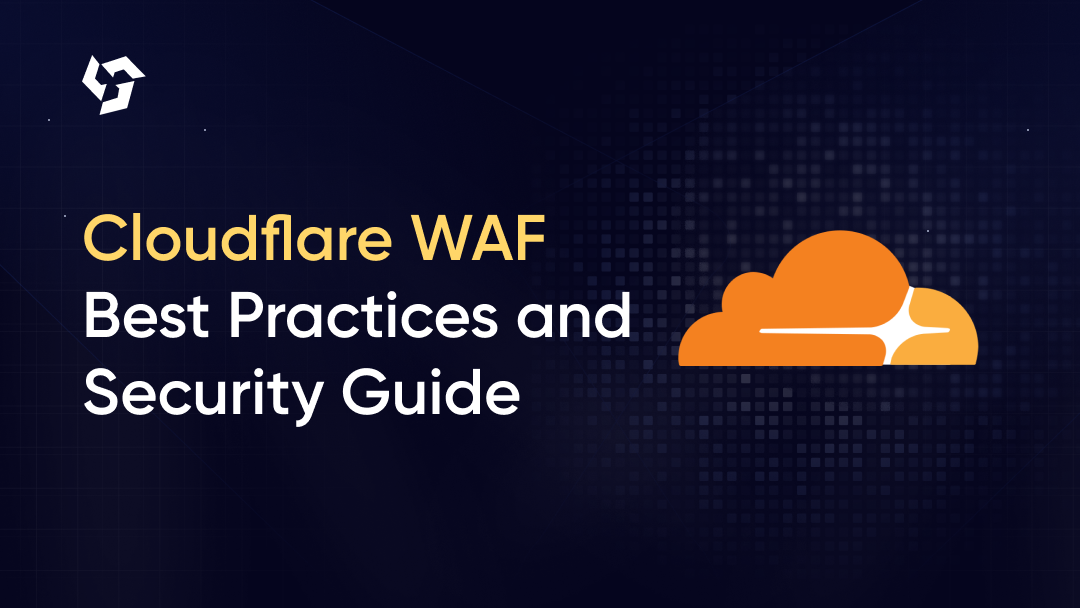

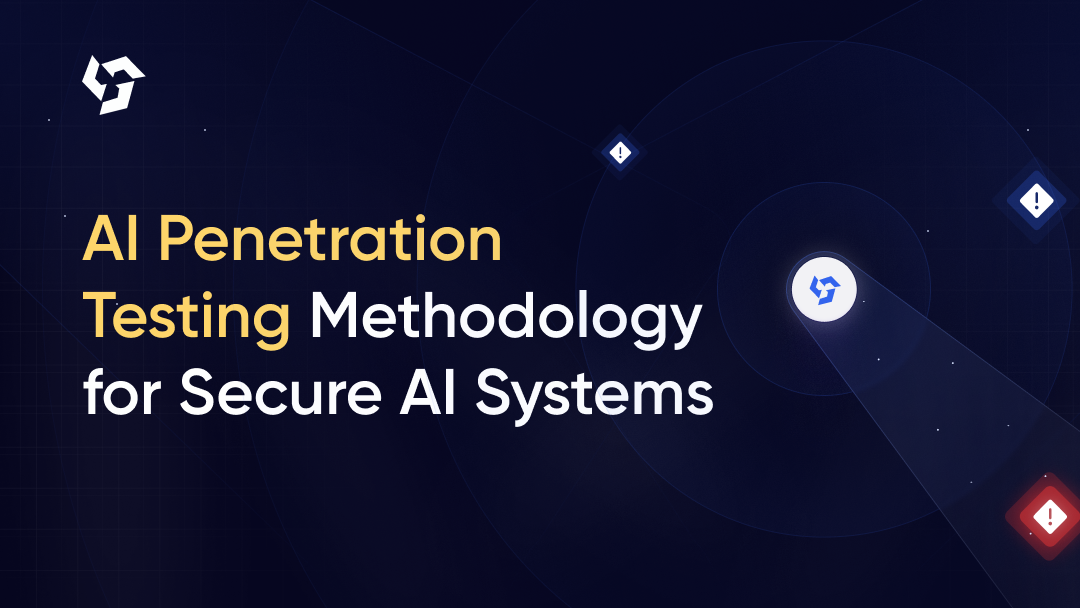
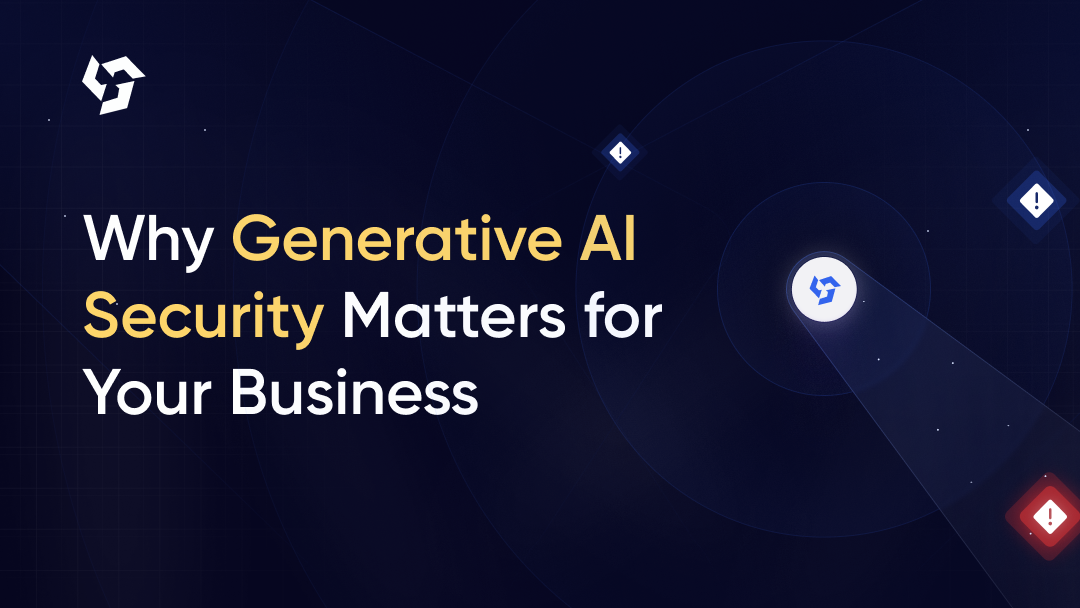
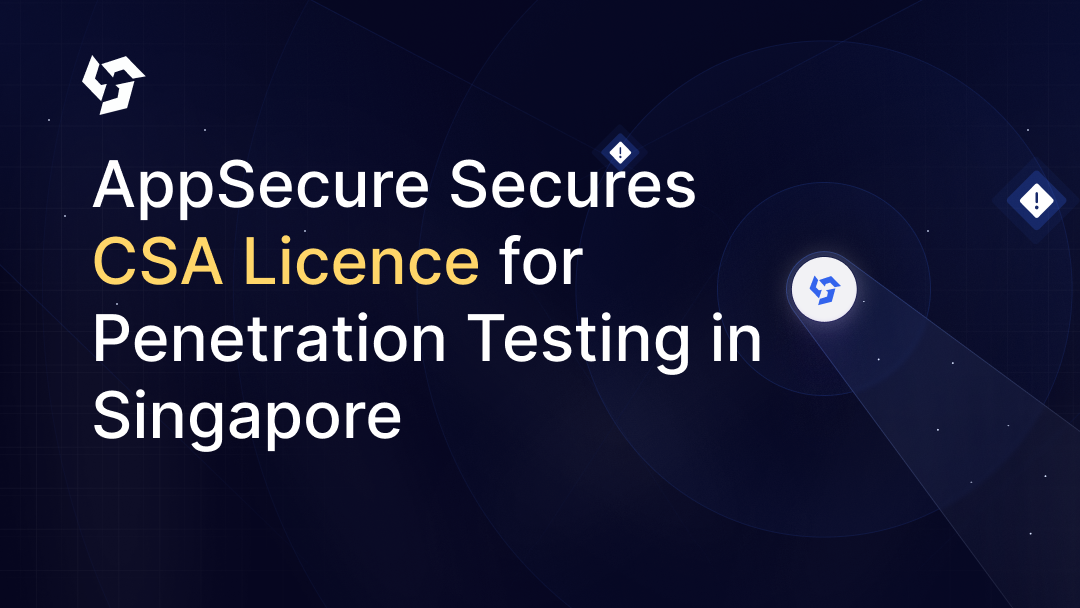
.png)
.png)
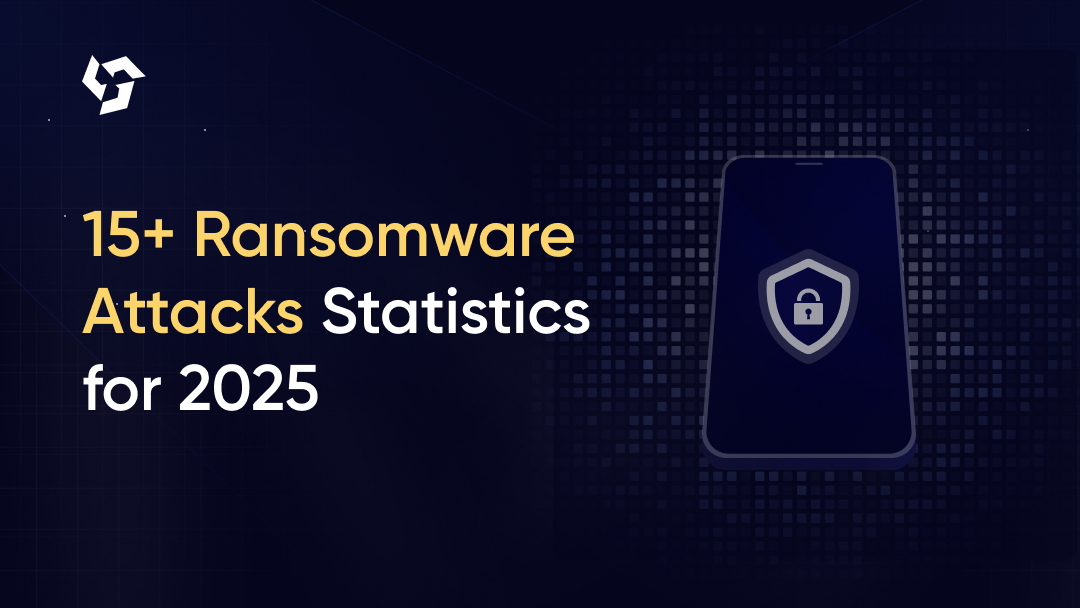
.png)
.png)
.png)
.png)
.png)
.png)
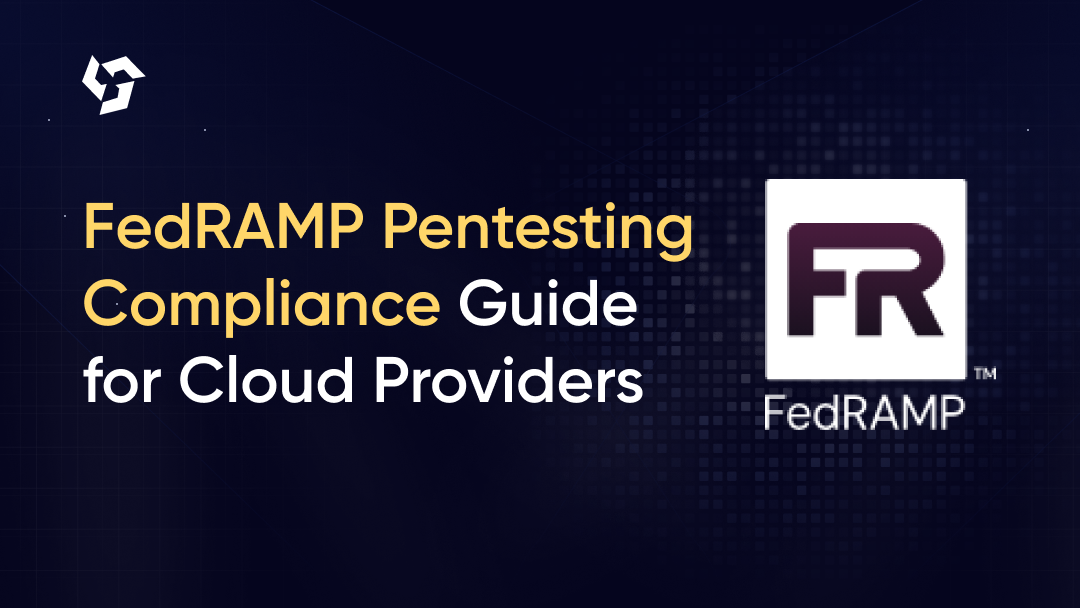
.png)
.png)
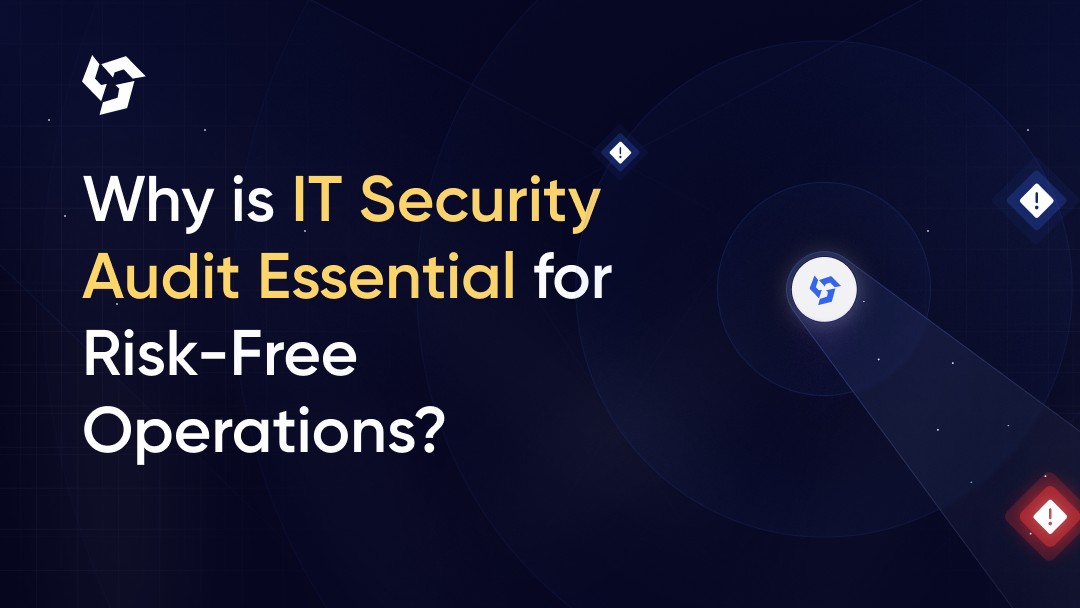

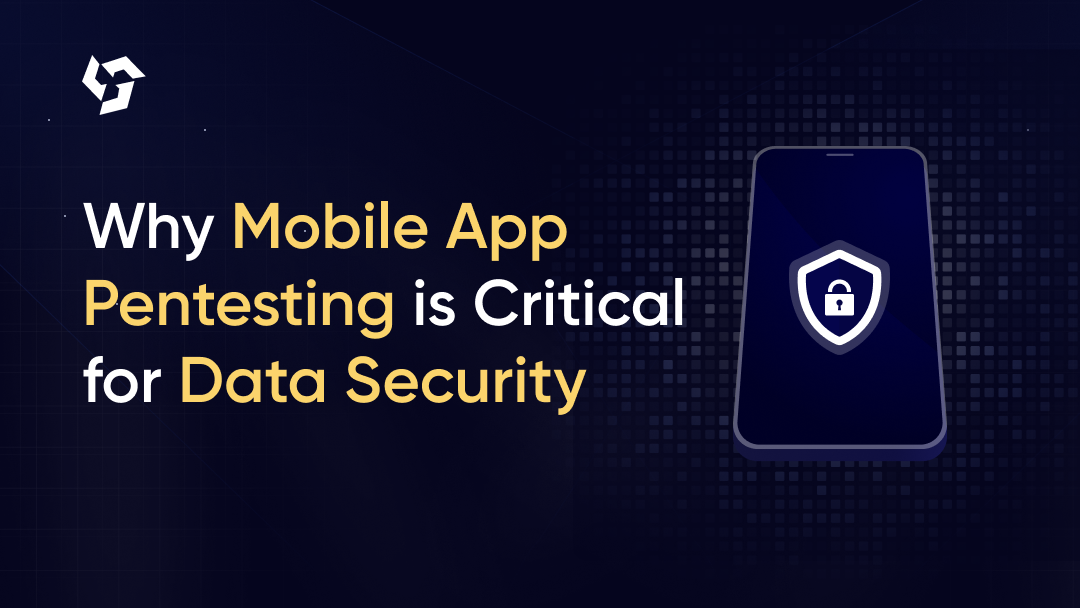
.png)
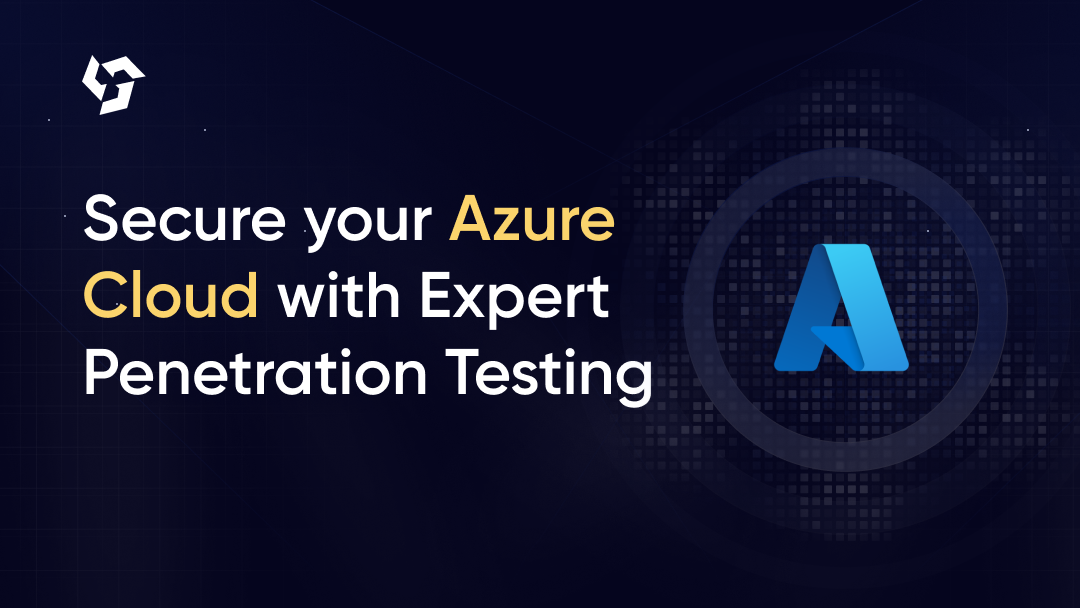
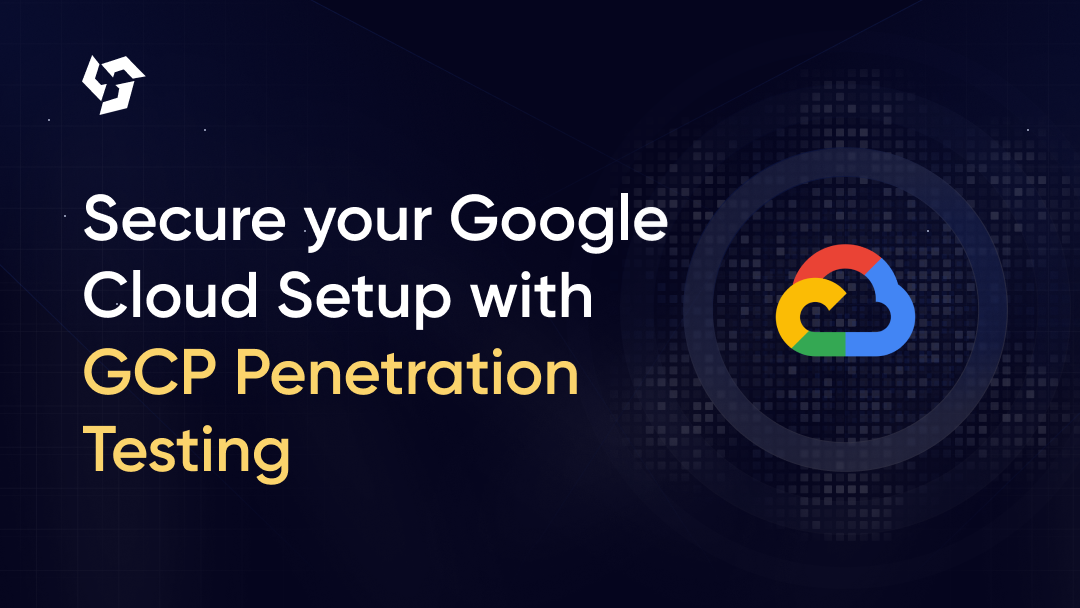
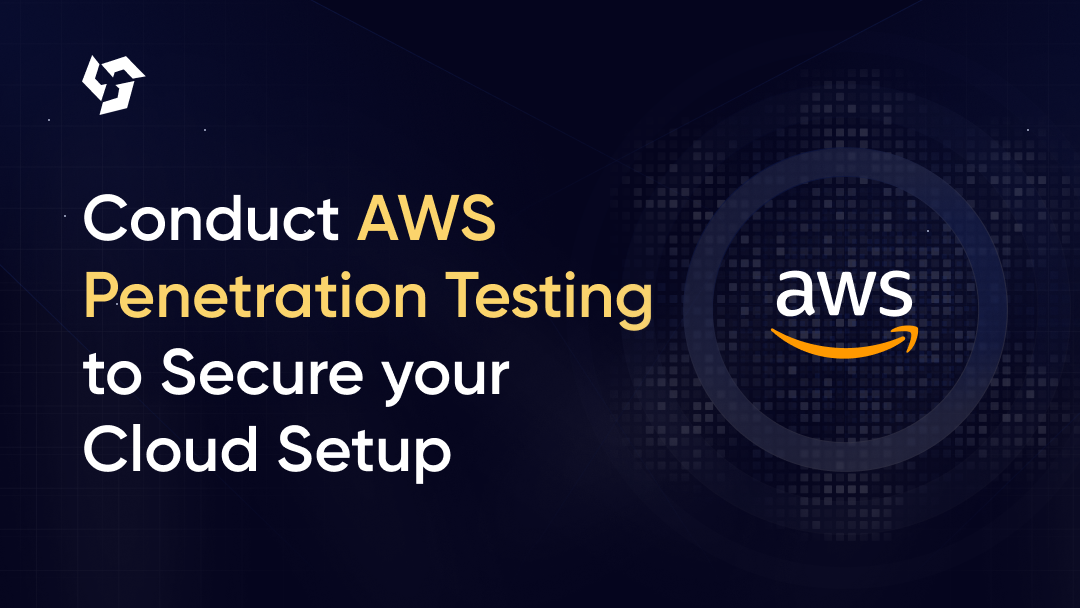
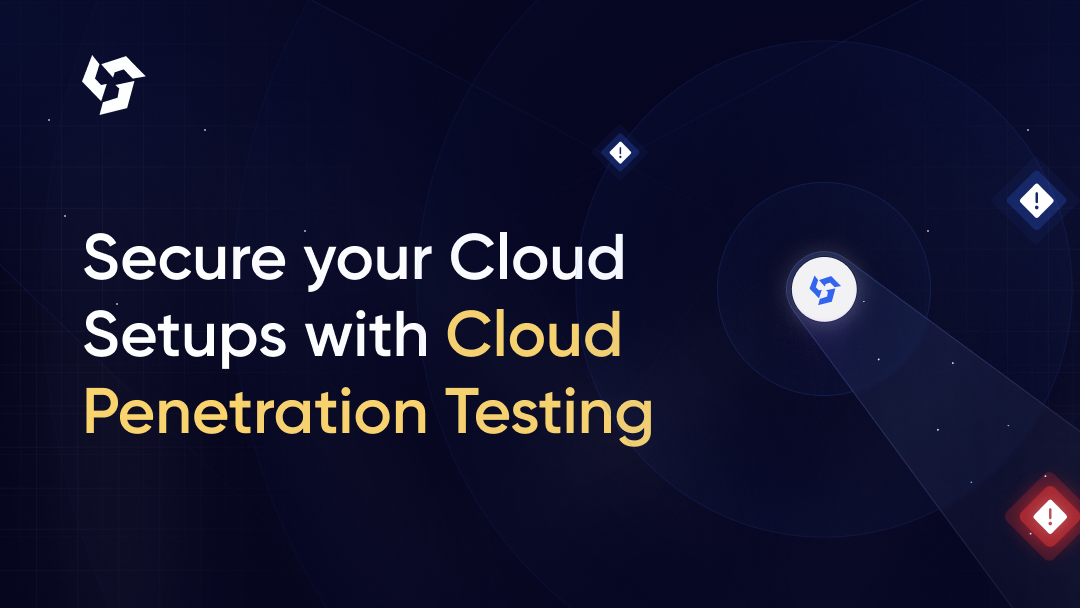
.png)
.png)
.png)

.png)
.png)
.png)

.png)
.png)
.png)
.png)
.png)

.png)









.webp)





.webp)


.webp)

.webp)



.webp)
.webp)
.webp)
.webp)









.webp)
